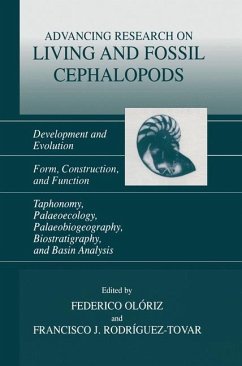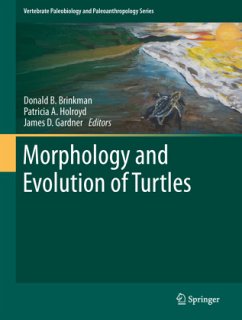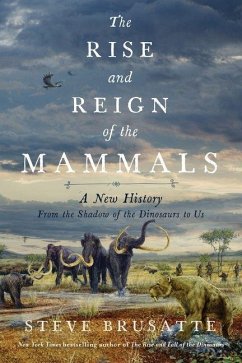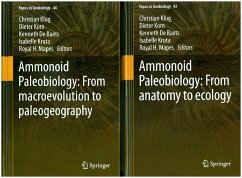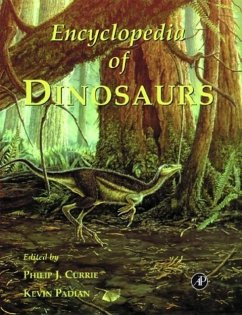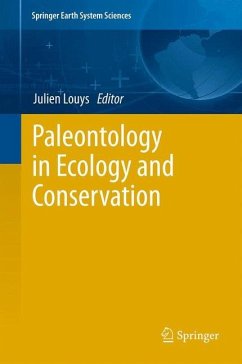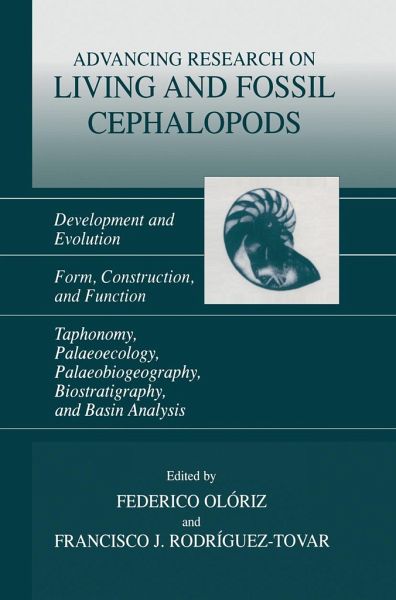
Advancing Research on Living and Fossil Cephalopods
Development and Evolution Form, Construction, and Function Taphonomy, Palaeoecology, Palaeobiogeography, Biostratigraphy, and Basin Analysis
Herausgegeben: Olóriz, Federico; Rodríguez-Tovar, Francisco J.
Versandkostenfrei!
Versandfertig in 2-4 Wochen
218,99 €
inkl. MwSt.

PAYBACK Punkte
109 °P sammeln!
Relying on the latest analytical techniques, this all-embracing new reference offers comprehensive coverage of the development, evolution, and morphology of both fossil and living cephalopods. In 34 in-depth chapters a group of 51 international neontologists and peleontologists offer and opverview of current methods, data, analyses, and interpretations, and posit suggestions for future research. With its unparalleled combination of first-rate contributions on living and fossil cephalopods, this book provides researchers and advanced students in paleontology, invertebrate zoology, evolutionary...
Relying on the latest analytical techniques, this all-embracing new reference offers comprehensive coverage of the development, evolution, and morphology of both fossil and living cephalopods. In 34 in-depth chapters a group of 51 international neontologists and peleontologists offer and opverview of current methods, data, analyses, and interpretations, and posit suggestions for future research.
With its unparalleled combination of first-rate contributions on living and fossil cephalopods, this book provides researchers and advanced students in paleontology, invertebrate zoology, evolutionary biology, and allied disciplines with a trove of recent data and authoritative interpretations that will immeasurably benefit their own studies.
With its unparalleled combination of first-rate contributions on living and fossil cephalopods, this book provides researchers and advanced students in paleontology, invertebrate zoology, evolutionary biology, and allied disciplines with a trove of recent data and authoritative interpretations that will immeasurably benefit their own studies.



